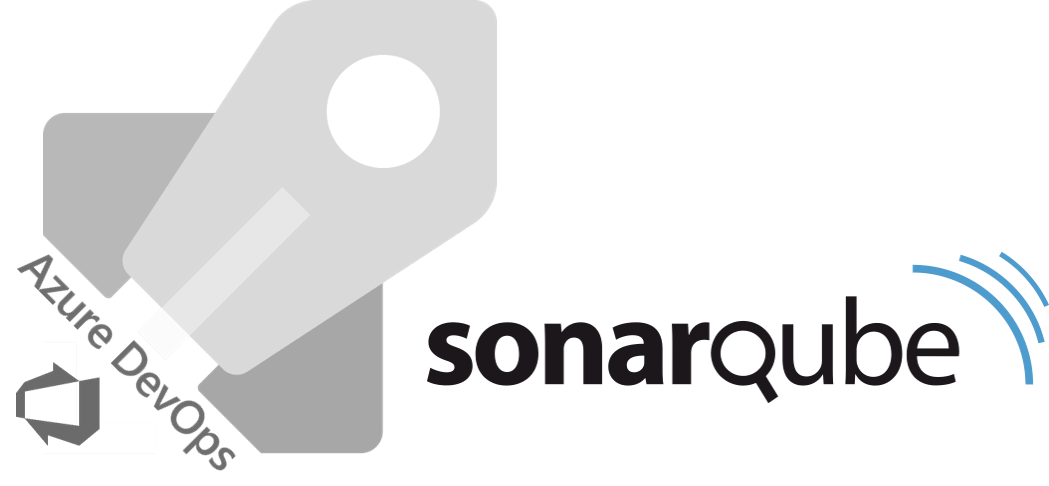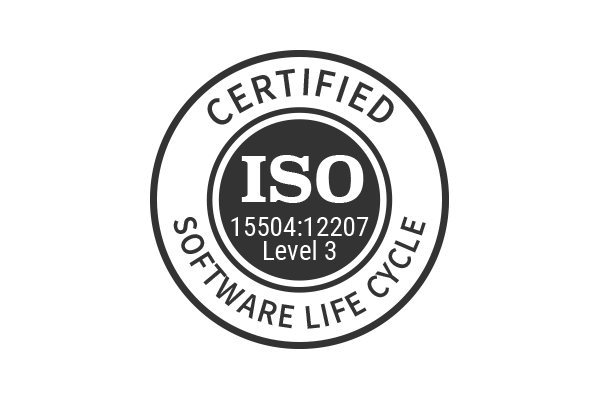
Git Flow is a popular branching model for Git-based projects that provides a clear and consistent structure for software development. Azure DevOps, on the other hand, is a collaborative development platform that offers a wide range of tools and services to support the entire software development lifecycle. Combining Git Flow with Azure DevOps can provide an efficient workflow and effective management of software development.
What is Git Flow?
Git Flow is a branching approach for Git projects that was popularized by Vincent Driessen in a 2010 blog post. It provides a clear and well-defined branching structure that suits software development teams. The Git Flow workflow is based on two main branches: master and develop, along with a series of auxiliary branches for different types of changes.
Main Branches in Git Flow:
- Master: The master branch is the main branch of the repository and represents the stable production state of the project. This branch should be protected, and only tested and production-ready changes should be merged into it.
- Develop: The develop branch is where continuous integration of features and bug fixes takes place. This branch is less stable than the master branch, but it should still be stable enough for testing and development.
Auxiliary Branches in Git Flow:
- Feature: The feature branch is created to develop new software features. These branches are created from the develop branch and merged back into develop when complete.
- Release: The release branch is used to prepare the software for a release. Final testing, bug fixes, and any necessary adjustments are made in this branch before merging into both master and develop.
- Hotfix: The hotfix branch is created to fix critical errors in the master branch in production. These branches are merged into both master and develop once the fix has been applied.
Implementing Git Flow with Azure DevOps
Here’s a step-by-step guide to implementing Git Flow with Azure DevOps:
- Create a Repository: Create a new repository in Azure DevOps for your project.
- Create Main Branches: Create the master and develop branches in your Azure DevOps repository. These will be the main branches of the workflow.
- Create Auxiliary Branches: Create feature, release, and hotfix branches as needed for your project’s development. You can create these branches in Azure DevOps or locally in your repository clone.
- Configure Branch Policies: In Azure DevOps, configure branch policies to protect branches such as master and develop. You can enable code review, continuous integration, and other policies as per your project requirements.
- Work on Features: To develop new features, create a new feature branch from develop, work on the necessary changes, and finally merge the feature branch into develop when complete.
- Prepare and Release Versions: When ready to prepare a release, create a release branch from develop. Perform final testing, fix minor issues, and make necessary adjustments. Once everything is ready, merge the release branch into master and develop.
- Fix Critical Issues: If you discover a critical error in production, create a hotfix branch from master. Fix the error and then merge the hotfix branch into both master and develop.
At QualitApps, we highly recommend the use of Git Flow in all developments, whether with Azure DevOps or other code repositories. We have found that Git Flow offers a clear and consistent structure that facilitates efficient change management and improves collaboration among team members. We are confident that Git Flow is a solid choice for managing the workflow in development projects and we recommend it as an effective approach for our clients and the development community at large.




